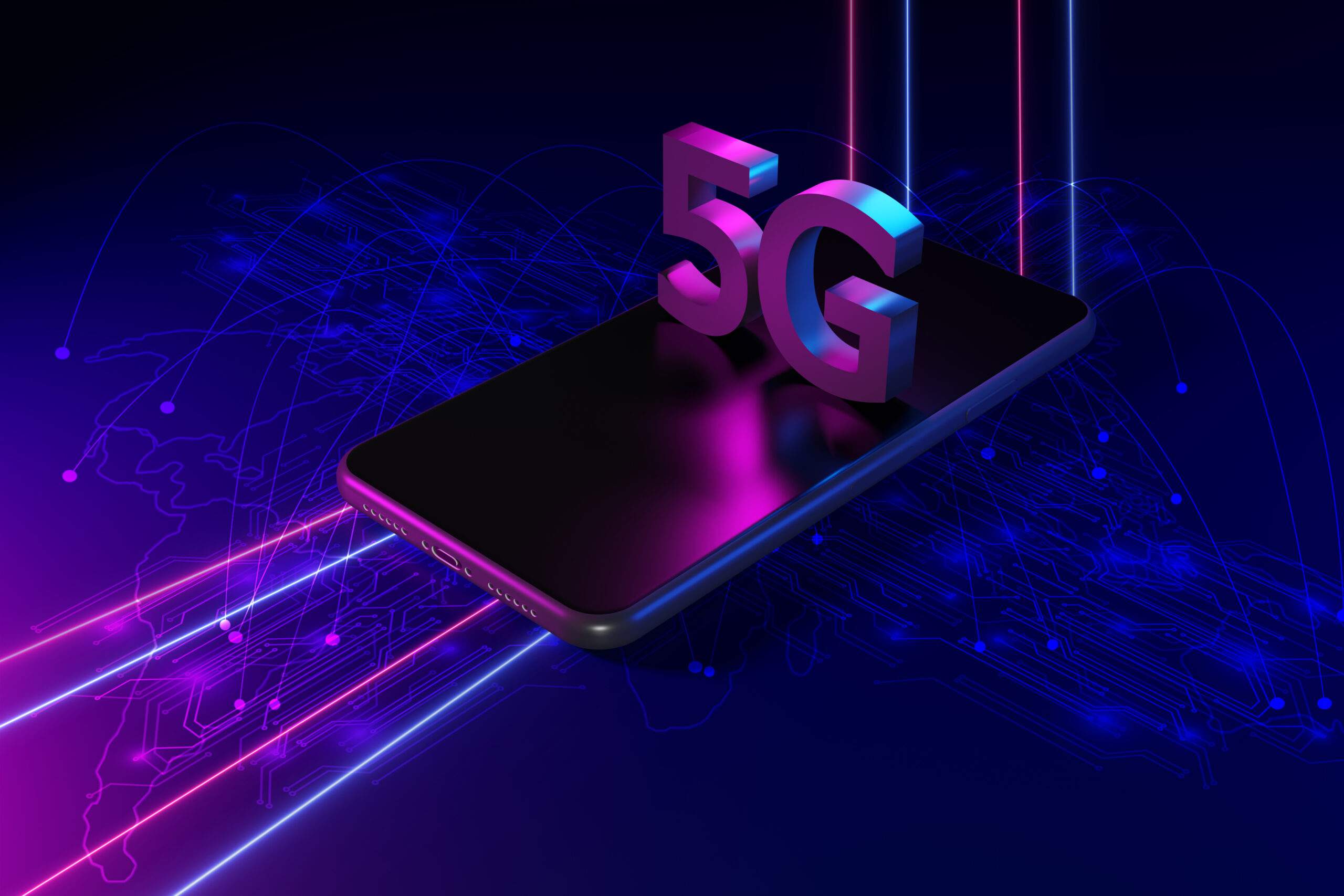Buzz Haven: Your Daily Dose of News
Stay informed and entertained with the latest buzz in news, trends, and insights.
5G: The Speedy Revolution You Didn't Know You Needed
Discover how 5G is transforming our world! Uncover the speedy revolution you never knew you needed and what it means for your future.
Understanding 5G: How It Works and Why It Matters
5G technology represents the fifth generation of mobile networks, offering unprecedented speeds and connectivity compared to its predecessors. It operates using a combination of low-band, mid-band, and high-band frequencies, each providing distinct advantages. The low-band frequency offers broad coverage, making it ideal for rural areas, while mid-band provides a balance of speed and coverage for urban environments. High-band frequency, or mmWave, delivers ultra-fast speeds but is limited in range and penetration through obstacles. This multi-band approach allows 5G to cater to various use cases, from supporting numerous IoT devices to enhancing mobile broadband experiences.
Understanding why 5G matters goes beyond just faster internet speeds; it enables transformative technologies that can significantly impact our daily lives. Industries such as healthcare, transportation, and entertainment stand to benefit immensely from the robust capabilities of 5G. For instance, the integration of 5G in healthcare can lead to real-time remote monitoring and telemedicine solutions, improving patient outcomes. In transportation, 5G networks can facilitate the development of autonomous vehicles by enabling faster communication between vehicles and infrastructure. As we continue to embrace an increasingly connected world, 5G will be a vital cornerstone for innovation and growth.

5G vs. 4G: What’s the Real Difference?
5G and 4G are two generations of mobile network technology that significantly impact how we connect and interact with the digital world. The primary difference lies in their speed and capacity; 5G networks can achieve speeds up to 100 times faster than 4G, allowing for nearly instantaneous downloads and smoother streaming experiences. With 5G, enhanced connectivity enables the simultaneous connection of a vast number of devices, paving the way for innovations such as smart cities and the Internet of Things (IoT). In contrast, 4G networks, while robust and capable of supporting high-definition video streaming, can experience congestion as more users connect simultaneously.
Moreover, 5G technology offers reduced latency compared to 4G. This means that the time it takes for data to travel between devices is significantly lowered, enhancing applications like online gaming, virtual reality, and remote surgery. Another critical distinction is that 5G utilizes higher frequency bands, which allows for greater data rates and improved efficiency but can be limited in range. Conversely, 4G operates on lower frequencies, which provide broader coverage but are often slower and more susceptible to interference. Understanding these differences is essential for consumers and businesses looking to leverage the latest advancements in mobile technology.
Top 5 Ways 5G Will Change Your Daily Life
The advent of 5G technology is set to revolutionize our daily lives in unprecedented ways. Here are the top 5 ways we can expect this powerful network to transform our everyday experiences.
- Faster Connectivity: With speeds up to 100 times faster than 4G, 5G will enable seamless browsing, instant downloads, and smoother streaming, making your online experiences more enjoyable.
- Smart Cities: 5G will facilitate the growth of smart cities, where interconnected devices enhance public services, reduce energy consumption, and improve overall urban living.
- Improved Telehealth: For healthcare, 5G will enable real-time remote consultations and advanced medical monitoring, giving patients greater access to care.
- Enhanced Virtual Reality: With reduced latency, 5G will deliver immersive experiences in gaming and training simulations, reshaping entertainment and professional development.
- Revolutionized Transportation: Self-driving cars and smart traffic systems will rely on 5G to communicate seamlessly, making transportation safer and more efficient.